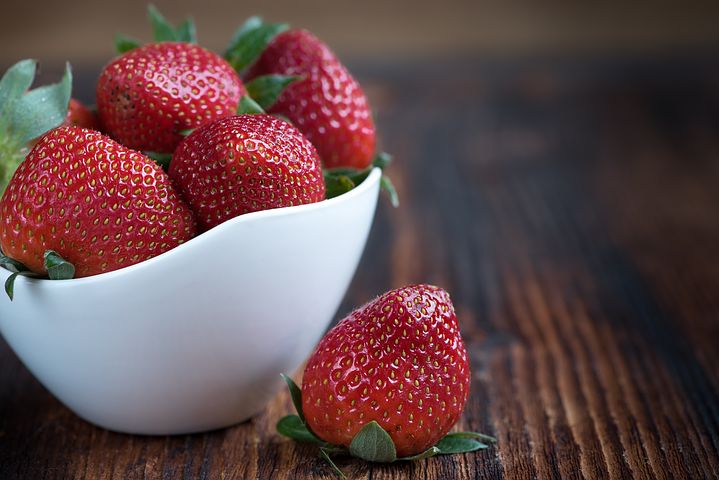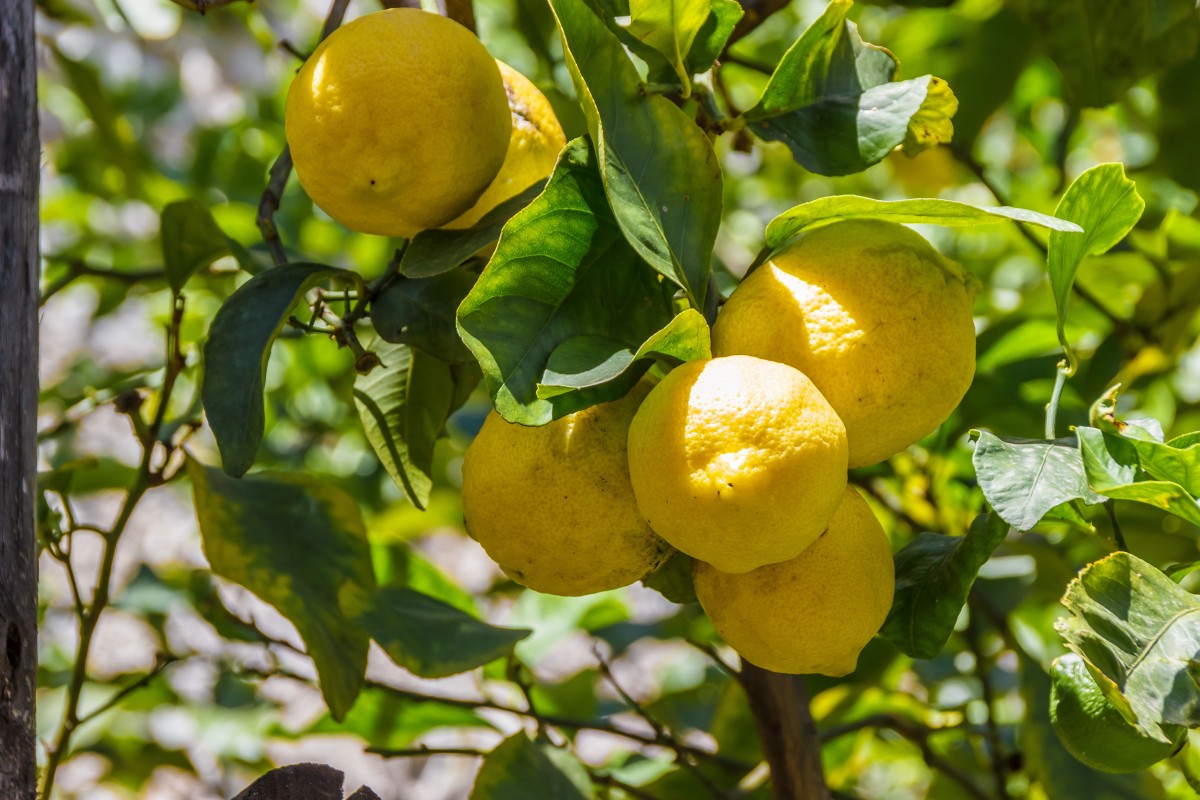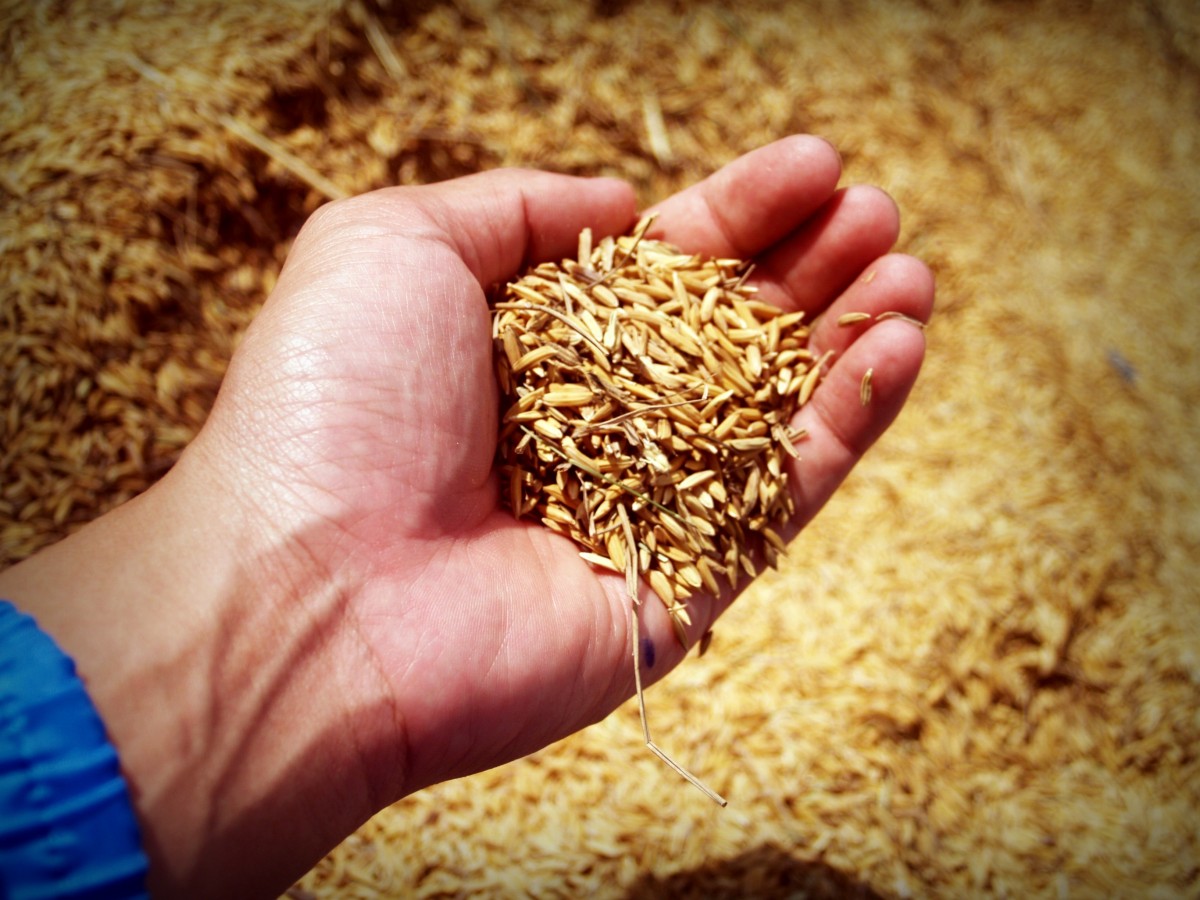Strawberries can be pretty expensive, and on top of that, you will never taste better strawberries than those coming from your garden that you have taken your time to grow. You will be able to taste the freshness and juiciness of strawberries for once, far from what you have bought from the supermarkets.
Ready to grow your strawberries? This article will guide you through every step of it.
Planting

Strawberries require at least 8 hours of direct sunlight every day and enjoy a slightly acidic soil pH of 5.5 to 6.8. If your soil is inherently alkaline, you should grow strawberries in half-barrels or other big containers filled with premium potting soil.
Because many strawberry kinds are anxious to have progeny, it’s ideal for separating them 18 inches apart. However, some types generate little or no runners, which can be planted 6 inches apart.
Ensure the plant’s roots are completely covered in soil, but the center developing bud or crown is exposed to light and fresh air. This is crucial: burying the crown could cause the plant to decay. Make sure to give them plenty of water. A mulch of any kind will keep the soil moist and the plants clean, from black plastic to pine straw to shredded leaves.
Pests
Slugs frequently nibble holes in strawberries as they ripen. Slugs are attracted to organic mulches like straw; therefore, if slugs are an issue, a plastic mulch can help.
Several fungal infections generate black patches on leaves in the summer. The life cycles of strawberry pests and diseases can be disrupted by clipping or mowing strawberry foliage and raking it away in the summer. Birds are by far the most damaging pests on strawberries. Cover the vines with lightweight bird netting to keep robins, brown thrashers, and other fruit-eaters away when the berries start to ripen.
Because of the heat and drought, your fruit may be undersized. The fresh fruit should be of normal size after watering, and the weather improves.
Harvesting

Fruit is usually available to pick 4-6 weeks after bloom. Only fully ripe berries should be harvested, and they should be picked every three days.
Cut the fruit by the stem, do not cut the berry itself; otherwise, the plant will be damaged. The harvest period for June-bearer strawberries might take up to three weeks. Depending on the variety, you should have plenty of berries.
Storage
If you plan to consume your strawberries straight away, keep them at room temperature on your kitchen counter; they’ll lose some of their luster and flavor if kept in the fridge.
On the other hand, the refrigerator will be your best bet if you want to extend its shelf life for baked products and other recipes. Strawberries taste best when they’re dry and cold, and any additional moisture can weaken them and increase mold growth. So, rather than washing all of your berries as soon as you arrive home from the store, wash them as you prepare or eat them.
If you want to keep your strawberries for a longer time, freezing them is the finest option. Remove the stems from the berries before quartering or thinly slicing them. Place the strawberries on a parchment paper-lined plate or baking sheet and freeze for at least 30 minutes or until completely solid. Place in a sealed freezer bag and keep in the freezer for up to 3 months. You may easily thaw and nibble on in-season strawberries using this method or simply put frozen berries into smoothies and frozen beverages.
Follow this guide to grow the juiciest strawberries ever; let us know in the comments if you will ever try to have your strawberry garden…



